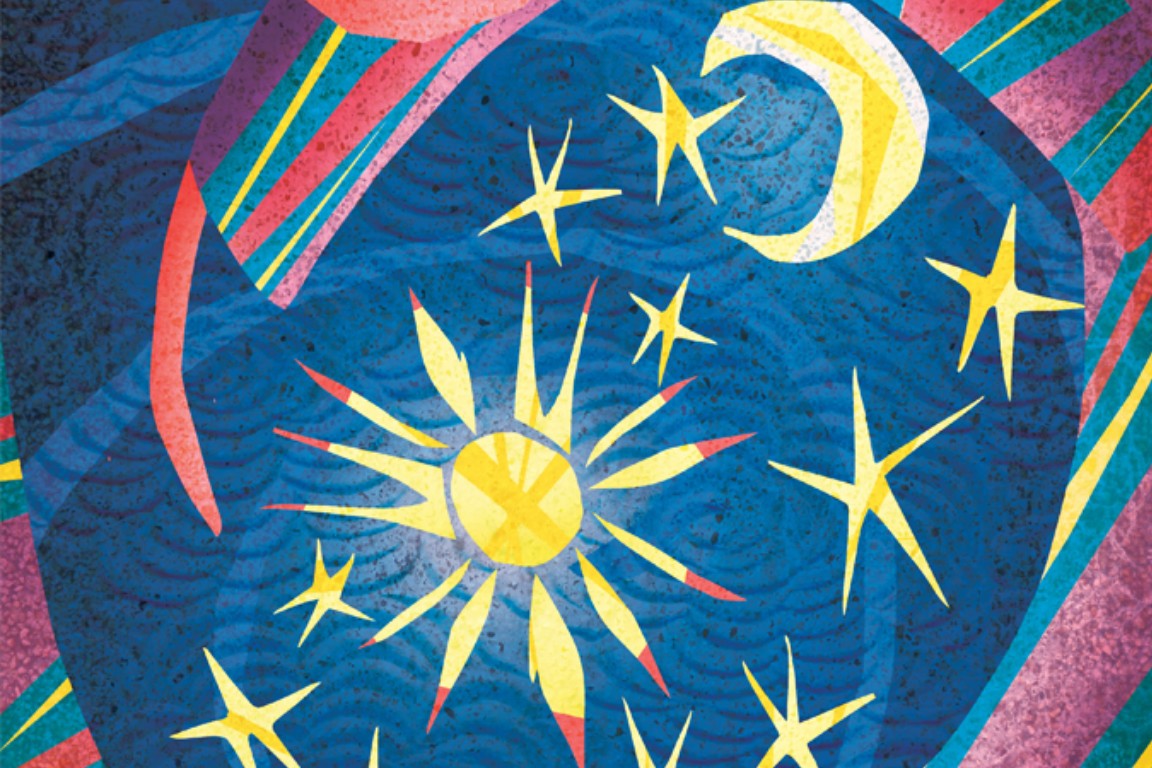Scott Lord
Shared posts
Scott Lord Silent Film: Lonely Villa (D.W. Griffith, Biograph, 1909)
Author Stanley J. Solomon, in his volume The Film Idea sees "The Lonely Villa" as only the beginning of the development of new film techniques by D.W. Griffith, almost intimating that there would be a synthesis of Griffith as an autuer and new developments in filmmaking would combine. "Although Griffith was working now with materials that could not be effectively duplicated onstage, 'The Lonely Villa' was not really totally cinematic. Griffith's understanding of spatial relationships was still limited; to get a person from one point to another, Griffith shows him moving there in stages." The passage is particularly refreshing because through it Solomon imparts to us where the title of his volume The Film Idea comes from and how it is his point of departure. He writes,"But Griffith learned quickly that a meaningful narrative must be embedded in a total film idea. Otherwise, when the surface movement is the whole film idea, the camera functions simply as a recording device and most of its expressive possiblilities are relegated to either unimportance or mere technique."
In her volume her volume D.W. Griffith, American film master, Iris Barry sees the film technique used by D. W. Griffith developed quickly during a short period of time, "In The Lonely Villa many scenes begin quietly with the entrance of the characters into the set, significant action follows this slow-paced start only belatedly. In The Lonedale Operator there is no leisurely entrance, the characters are already in mid-action when each shot begins and there is no waste footage- no deliberation in getting on with the story when haste and excitement are what is needed." Barry adds, "At no time did he use a scenario. But there was considerable protest when, quite early in his directorial career, he insisted on retaking unsatisfactory scenes and succedded in gaining permission to do so in The Lonely Villa. Bitzer and others were aghast at his extravagence with film."
Silent Film D. W. Griffith Biograph Film Company
Scott Lord Silent Film: Biblical Drama; Christus (Guilio Antamoro, 1916)
Scott Lord Silent Film: Silent Film Studio Tour (M.G.M, 1925)


The 1925 Studio Tour of Metro Goldwyn Mayer, true to the extratextual discourse of its magazine advertisements that boasted of a firmament full of stars, featured a dozen of the studios directors that were then present on the backlot filming that year, inluding Victor Sjostrom, Dimitri Buchowerski, Monta Bell, Rupert Holmes, Eric von Stroheim, Fred Niblo, King Vidor, Joseph von Sternberg, Christy Cabanne, Tod Browning, William A. Wellman, Jack Conway, Edmund Goulding and Marcel de Sarno. Actors and actresses featured in the studio tour included Zazu Pitts, Roman Novarro, Aileen Pringle, Gertrude Olmstead, Norma Shearer, Mae Murray, Lew Cody, Estelle Clark, Conrad Nagel, and Lon Chaney
Silent Film
Scott Lord Silent Film: Cabiria (Pastrone, 1914)
Scott Lord Silent Film: Lon Chaney in Mr. Wu (William Nigh, 1927)
During 1927, Lon Chaney also starred in the films "The Unknown" and "London After Midnight", both directed by Tod Browning and "Mockery", directed by Benjamin Christensen. silent film silent film
scottlordnovelist's blurblog
Scott Lord Mystery Film - YouTube
Scandinavian Silent Film: Victor Sjostrom as Seastrom, Mauritz Stiller, John Brunius, Greta Garbo: Greta Garbo in The Temptress
The Cat and the Canary (1927)
Sherlock Holmes Trailers-Pearl of Death
Scott Lord Mystery: Dr Jekyll and Mr Hyde 1913
Sherlock Holmes Murder At The Baskervilles
Scott Lord: Speckled Band
Scott Lord: Universal Sherlock Holmes Trailers
From Donna's Library, The Articles of Faith from the founding of the Church
A Hanukkah Card for Donna that has been coming all year; I try to read it every day and please feel invited to subscrbe
---------- Forwarded message ----------
From: My Jewish Learning <community@myjewishlearning.com>
Date: Friday, December 8, 2023
Subject: This Hanukkah Prayer Is About Courage and Miracles
To: scottlordnovelist@gmail.com
|
| This email was sent to scottlordnovelist@gmail.com by community@myjewishlearning.com 70 Faces Media | 520 Eighth Avenue, 4th Floor | New York, NY 10018 |
--
Mystery: Agatha Christie’s And Then There Were None, 1945
Scott Lord Silent Film: Lonely Villa (D.W. Griffith, Biograph, 1909)
Author Stanley J. Solomon, in his volume The Film Idea sees "The Lonely Villa" as only the beginning of the development of new film techniques by D.W. Griffith, almost intimating that there would be a synthesis of Griffith as an autuer and new developments in filmmaking would combine. "Although Griffith was working now with materials that could not be effectively duplicated onstage, 'The Lonely Villa' was not really totally cinematic. Griffith's understanding of spatial relationships was still limited; to get a person from one point to another, Griffith shows him moving there in stages." The passage is particularly refreshing because through it Solomon imparts to us where the title of his volume The Film Idea comes from and how it is his point of departure. He writes,"But Griffith learned quickly that a meaningful narrative must be embedded in a total film idea. Otherwise, when the surface movement is the whole film idea, the camera functions simply as a recording device and most of its expressive possiblilities are relegated to either unimportance or mere technique."
In her volume her volume D.W. Griffith, American film master, Iris Barry sees the film technique used by D. W. Griffith developed quickly during a short period of time, "In The Lonely Villa many scenes begin quietly with the entrance of the characters into the set, significant action follows this slow-paced start only belatedly. In The Lonedale Operator there is no leisurely entrance, the characters are already in mid-action when each shot begins and there is no waste footage- no deliberation in getting on with the story when haste and excitement are what is needed." Barry adds, "At no time did he use a scenario. But there was considerable protest when, quite early in his directorial career, he insisted on retaking unsatisfactory scenes and succedded in gaining permission to do so in The Lonely Villa. Bitzer and others were aghast at his extravagence with film."
Silent Film D. W. Griffith Biograph Film Company
Scott Lord Silent Film: Biblical Drama; Christus (Guilio Antamoro, 1916)
The House That Shadows Built: The History of Cinema (Paramount Pictures...
Scott Lord Silent Film: Silent Film Studio Tour (M.G.M, 1925)


The 1925 Studio Tour of Metro Goldwyn Mayer, true to the extratextual discourse of its magazine advertisements that boasted of a firmament full of stars, featured a dozen of the studios directors that were then present on the backlot filming that year, inluding Victor Sjostrom, Dimitri Buchowerski, Monta Bell, Rupert Holmes, Eric von Stroheim, Fred Niblo, King Vidor, Joseph von Sternberg, Christy Cabanne, Tod Browning, William A. Wellman, Jack Conway, Edmund Goulding and Marcel de Sarno. Actors and actresses featured in the studio tour included Zazu Pitts, Roman Novarro, Aileen Pringle, Gertrude Olmstead, Norma Shearer, Mae Murray, Lew Cody, Estelle Clark, Conrad Nagel, and Lon Chaney
Silent Film































